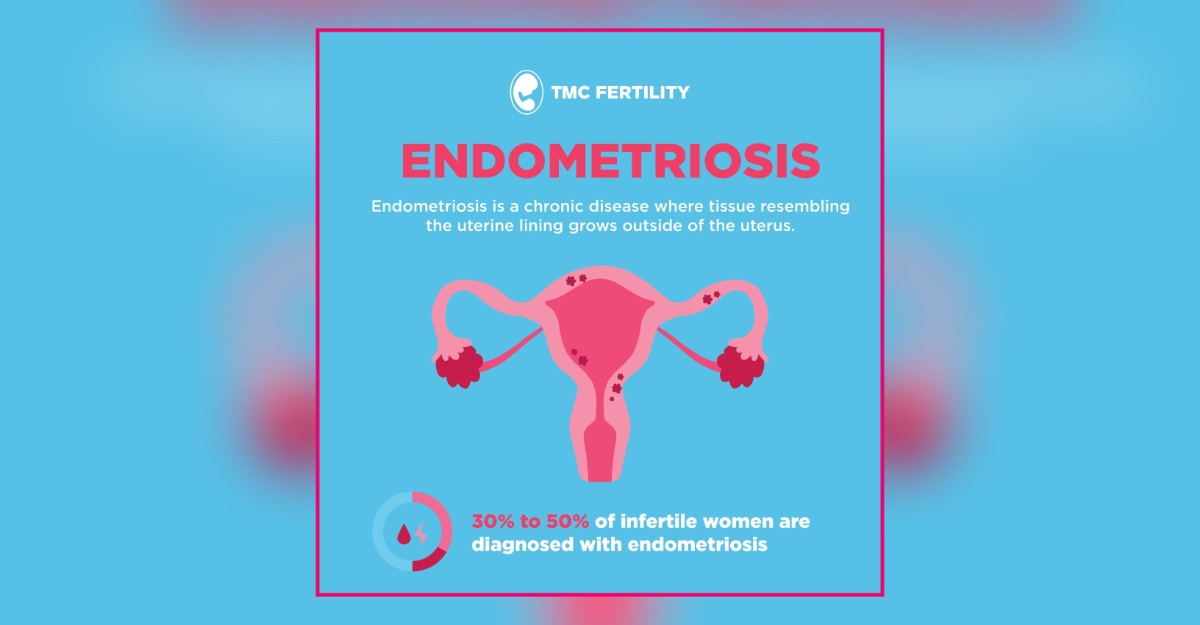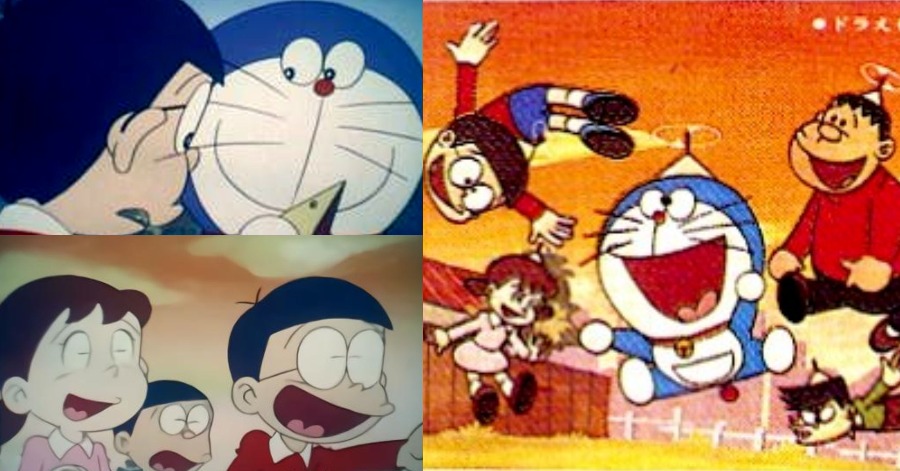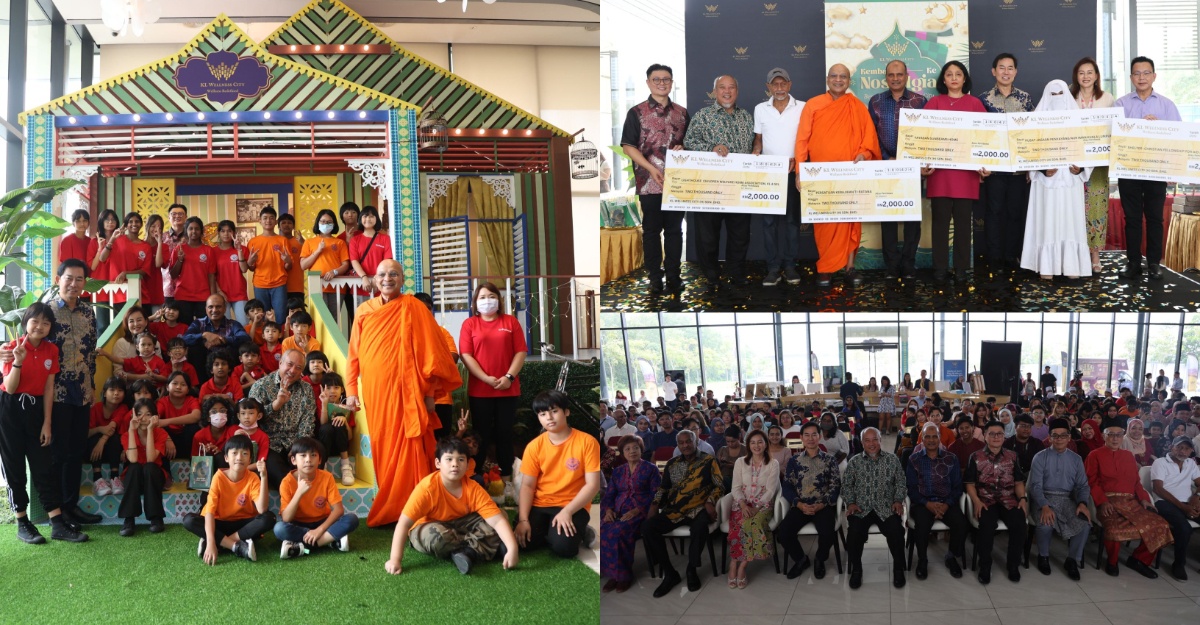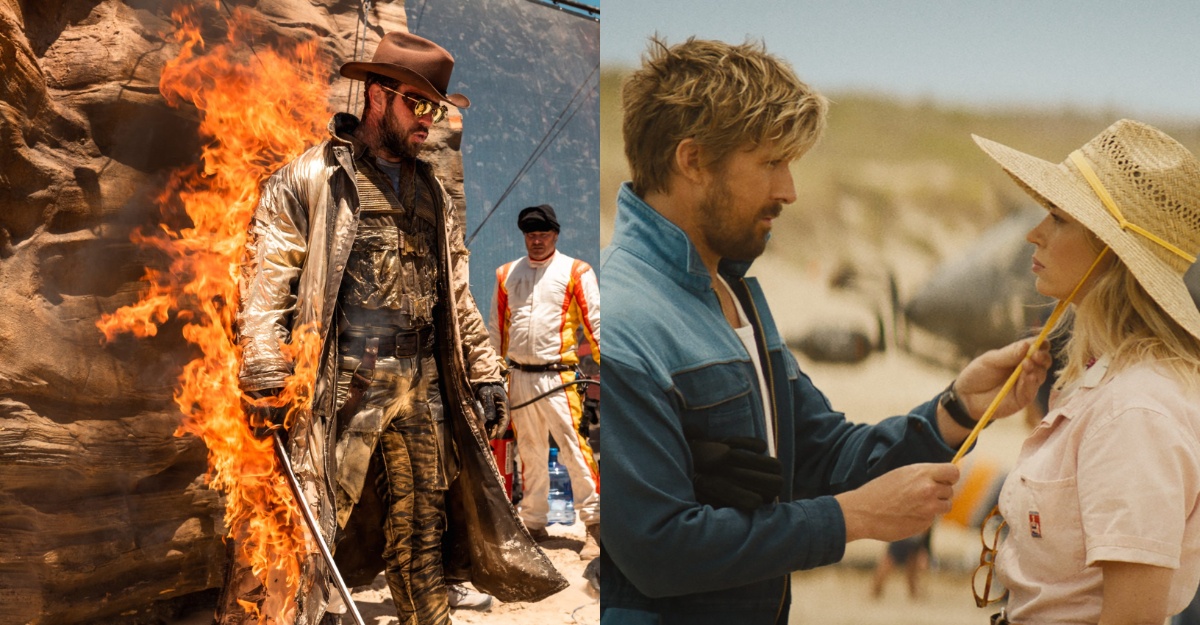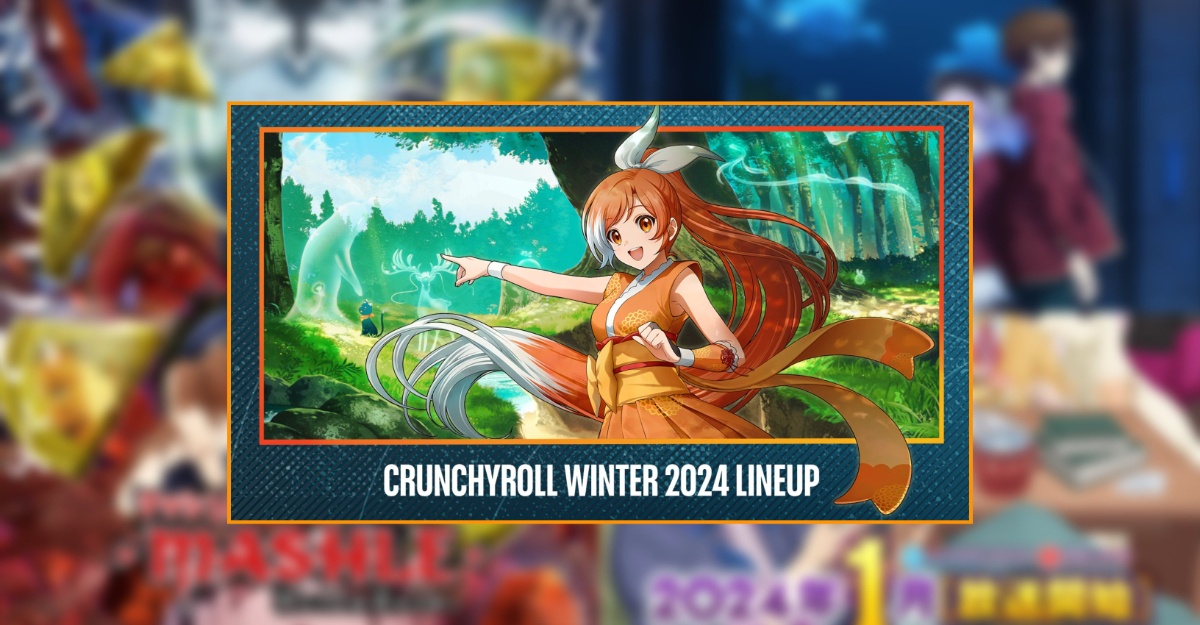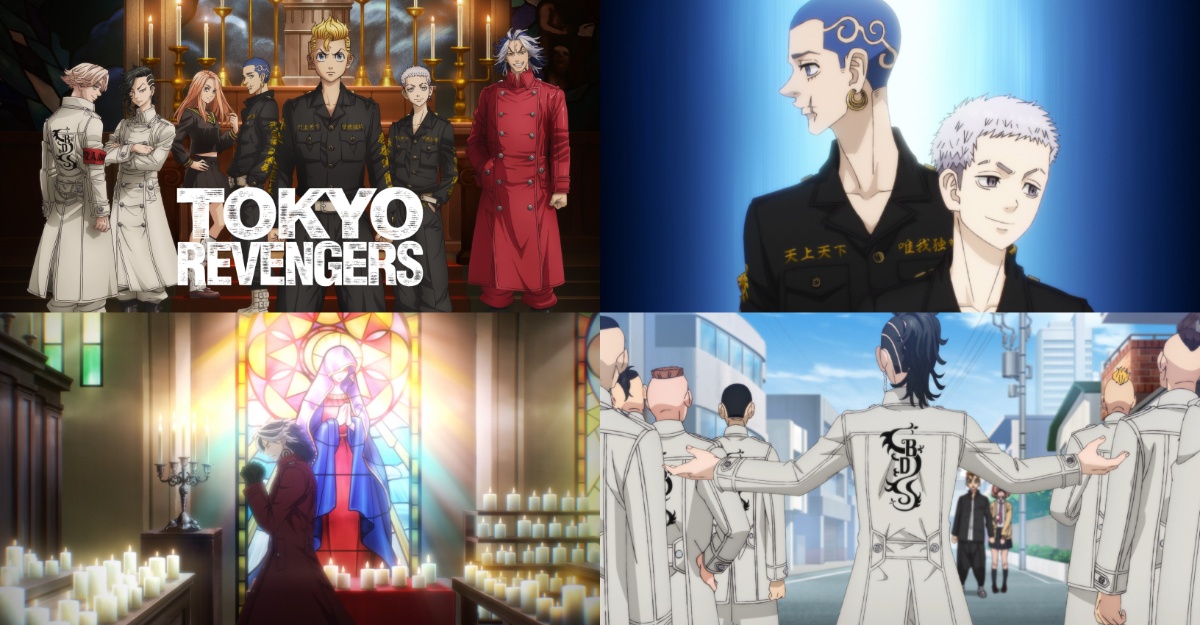When it comes to animation, the Japanese-inspired subgenre known as anime has a devoted following, with many fans eager to immerse themselves in yet another inventive production. There’s no shortage of high-quality anime series spanning a wide range of genres and topics. One notable favorite anime of all time would be Doraemon.
Fujiko Fujio, a joint pseudonym for Hiroshi Fujimoto (1933-1996) and Motoo Abiko (b. 1934), is well-known for their children’s comics, having established a number of series throughout the course of their career. Doraemon, possibly their most renowned character, has become the Japanese Mickey Mouse in terms of commerce and celebrity.

Picture: My Anime List
Doraemon is a robot cat from the twenty-first century who was sent back in time to help a loser youngster named Nobita in order to assure a better future for his descendants. Nobita has a lot of problems at school, is continuously bullied by Gian (who is comparable to “Giant”), and has a lot of bad luck. Doraemon has an infinite number of futuristic devices stored in a pocket on his chest. A recurrent plot device is Nobita abusing for his own selfish purposes, only for it to backfire in the end. Gian and Suneo will occasionally steal a device for their own purpose, only to make a mistake.
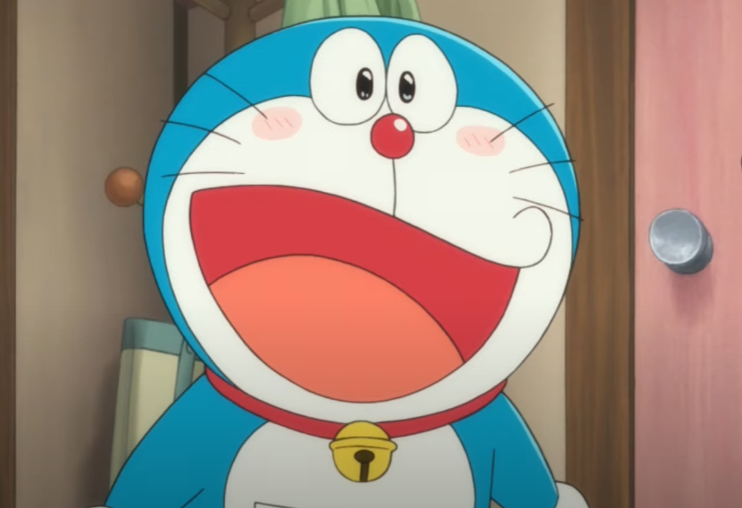
Picture: Doraemon Wiki-Fandom
Doraemon is undoubtedly Japan’s most popular animation, with various toys, spinoffs, and other products based on the character. Doraemon is to Japan what Mickey Mouse is to the United States of America. Three anime series were produced, the longest of which ran for 1,787 episodes from 1979 to 2005. The comic strip first appeared in Shogakukan’s children’s magazines in 1969. It was Fujiko Fujio’s longest-running series, continuing until 1996, when one of the creators, Hiroshi Fujimoto (who is widely recognized as the true originator of “Doraemon”), died. In total, 45 book collections were published.
But wait there’s more. Of all series, there was one short-lived 1973 series that became the focus.

Picture: Cartoon Research
From April 1 through September 30, 1973, Nippon Television (NTV) broadcasted the original Doraemon animation, which consisted of 26 episodes split into two 11-minute portions for a total of 52 shorts. It was manufactured by a forgotten animation studio called Nippon TV Doga, which went by numerous names in the eight years it was in business; Doraemon ended up being the firm’s final production.
This is the first time a studio other than Tokyo Movie or Studio Zero has produced a Fujiko Fujio anime. It’s infrequently viewed for a few reasons, one of which is that the Fujiko Fujio combo despised the show. The main reason is that most of the episodes have been lost due to a fire that destroyed most of the film prints. Only 21 of the 52 segments created are known to have survived (two of which have no audio).
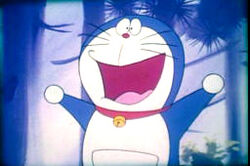
Picture: Doraemon Wiki-Fandom
While the series scored well in the ratings and was expected to be renewed for another year, it ran into budget troubles during its run, which was exacerbated by the studio’s financial woes, as well as the president of NTV Video abruptly departing during the show’s run. The new president looked to have little concern for anime, and the company went bankrupt and was liquidated due to financial issues. As a result, many of the show’s employees were left underpaid for their efforts.
With the demise of NTV Video, the series’ film reels and other assets were auctioned off to pay off the debt, while other studio items and production equipment were either thrown out or burnt in a kerosene fire. It was falsely believed that NTV staged a “cremation” fire to burn all of the episodes; however, production head Masumi Jun has said that this was not the case and has gone on to try to dispel the myths surrounding the series’ production and demise. Despite this, a major amount of the anime can be deemed lost.
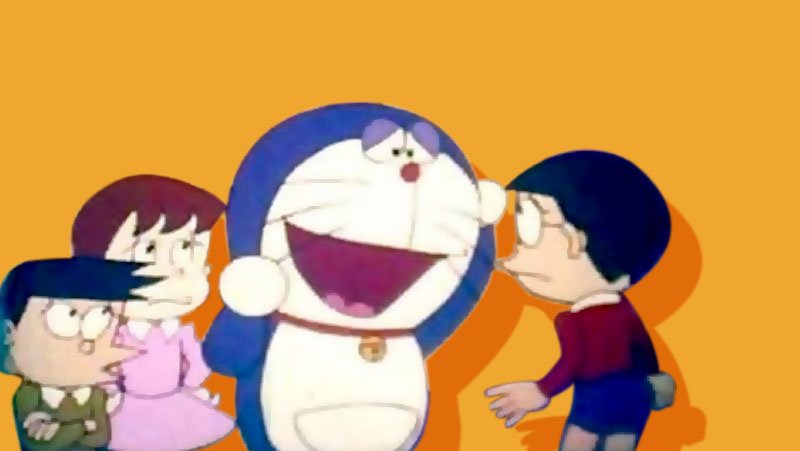
Picture: Mango Zero
Due to the show’s rarity, little is known about it today. The majority of the information came from surviving cast members, those who saw the show when it was on the air, and others who watched the remaining episodes. Even by 1970s anime standards, the animation is considered poor. The show was produced by a substandard animation studio that lasted less than a decade, and based on samples from other shows they produced, I can confirm that they were not among the finest.
This version was temporarily replayed in 1979, but was quickly taken from television by Shogakukan, who did not want the new adaptation’s reputation to be harmed by the previous one’s existence, nor did they want children to mistake the two versions. It’s likely that some type of recorded footage from this time period exists.
While Hiroshi Fujimoto was dissatisfied with the studio chosen to adapt Doraemon and the changes made to Nobita and Doraemon’s characters, it is said that after the NTV studio closed, he had no hard feelings toward the staff and expressed the hope that they could work on a new Doraemon project in the future.
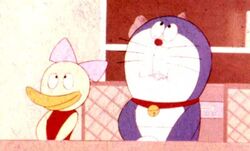
Picture: Doraemon Wiki-Fandom
Early in the comics’ run, Gachakko, a nagging female robot duck who plagued Doraemon and Nobita, was introduced as a new character. She was deleted from the comics after a short time, and none of the stories containing the character were ever reproduced in the book collections, indicating that the Fujiko Fujio duo didn’t like her. She was, however, included in the 1973 series, which was the only time she had ever been animated.
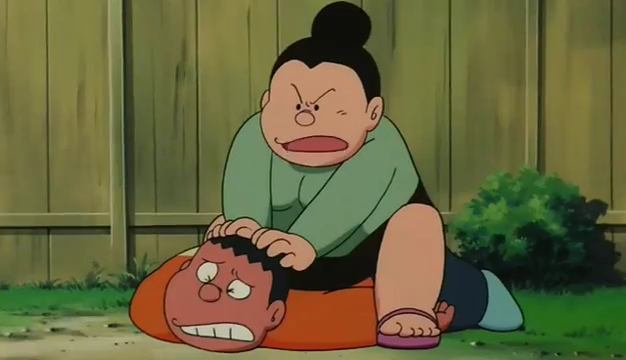
Picture: Animax Dev
Another significant distinction is that Gian’s mother is no longer alive, and he now lives with a shorter father who is bullied by his own son. But his mother is alive and well in the comics and later anime, and the concept of a son bullying his own parents was never used.
Interestingly, some of the voice performers appeared in both the 1973 and 1979-2005 seasons of the show. Kaneta Kimotsuki, in particular. He played Gian in the 1973 series, but in 1979 he was cast as Suneo, a role he retained until 2005.
Despite being the biggest hit in Japan, the fact that it has one failed TV show is intriguing in and of itself, but it’s much more so because the creators are known to despise it.
Sources: Cartoon Research, Stumagz, Lost Media Wiki, Terrible TV Show


















